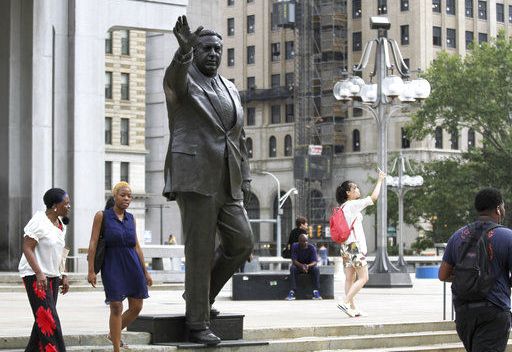
State And Nation
In dispute over statues, where do you draw the line?
NEW YORK (AP) — It’s not just about Robert E. Lee and Stonewall Jackson. The national soul-searching over ... Read more

NEW YORK (AP) — It’s not just about Robert E. Lee and Stonewall Jackson. The national soul-searching over ... Read more